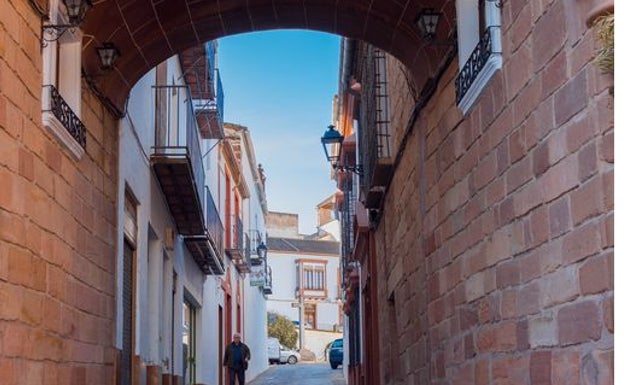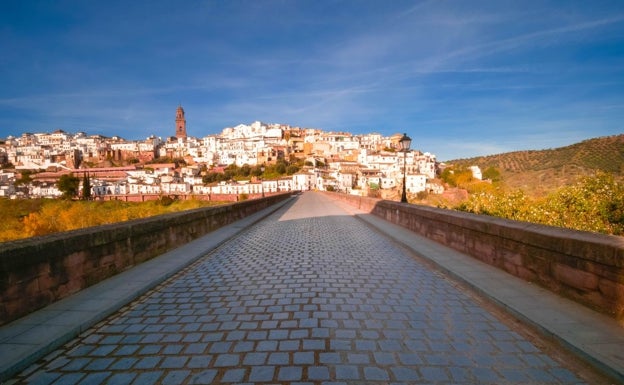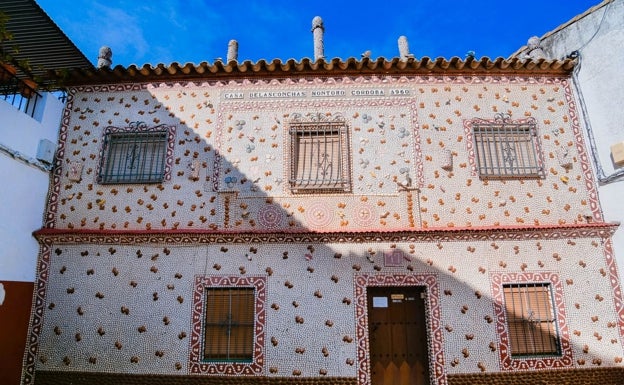The Cordoban town you have to visit once in your life: it's known as the Andalusian 'Toledo'

Nestled in the Sierra Morena , in a landscape marked by mountains, the Guadalquivir River and the countryside, bordering the province of Jaén and belonging to the province of Córdoba , is Montoro , a municipality with a great historical and artistic wealth and known as ' The Andalusian Toledo' or 'Little Toledo'.
Its beginnings date back to prehistoric times, with the presence of Iberians, Romans, Visigoths, and Arabs. Conquered by Ferdinand III the Saint in 1240, it became part of the Crown of Castile, and it was Ferdinand VII who granted it the title of " Noble, Loyal, and Patriotic City." The fact that so many peoples have passed through this town has generated a heritage of incalculable value, which has been added to over the years.
Thus, the tourist attractions, including a group declared of interest in 1969, represent an expression of the city's culture and history that preserve the essence of the passage of time. Their characteristic red hue, due to the millstone used in most of the buildings and stately homes, is very attractive.
Furthermore, the uneven terrain plays an important role, as it causes the houses to be suspended over the rocks on the riverbank, as well as white, broken, narrow, and sloping streets, which are bridged by the typical poyatos (stools).
 One of the viewpoints of the Prison Arch
tourismdemontoro
One of the viewpoints of the Prison Arch
tourismdemontoro
In this way, art lovers find a destination with places like the Prison Arch; the Torremocha Arch, one of the points near the gates that connected the interior of the walled enclosure of Montoro with the Guadalquivir River; the Puente Mayor , built with the traditional molinaza stone, has four semicircular arches and from which you have one of the most spectacular views of the town; the Montoro Tower , which can be seen from any point in the town; the Cathedral Tercias building, which was built in 1784 for the storage of oil, wine and wheat from the payment of tithes; or stately homes, buildings that allow you to know, firsthand, how the wealthy classes lived from the 16th to the 19th centuries, since these small palaces breathe history, since the passage of time is engraved on their walls in each of their bars, doors or windows. The one located next to the head of the Parish of San Bartolomé stands out, with four stone coats of arms on the façade from different periods - two from the 17th century and two more from the transition to neoclassical.
 Montoro's Great Bridge
Montoro tourism
Montoro's Great Bridge
Montoro tourism
Special mention should be made of the Casa de las Conchas , which is decorated with shells from all over Spain. More than 45 million pieces of this marine material were collected and placed over 50 years by Francisco del Río Cuenca, a resident of Montoro. You can admire columns covered with small stones from the Guadalquivir River and pots made of the material released by old coal trains. On the ceilings, you can see the figures that compose it, such as bouquets made from shells and mirrors, among others.
As for the churches, Santiago Apóstol, San Sebastián, San Bartolomé, San Juan de Letrán, del Carmen, and hermitages such as Fuensanta, Virgen de Gracia, and Santa Ana complete a religious heritage that is worth visiting.
 Main facade of the house known as the House of Shells
tourismdemontoro
Main facade of the house known as the House of Shells
tourismdemontoro
Montoro's privileged geographical location also allows for exploring natural corners and places where you can see acres of olive groves with hills and centuries-old forest vegetation. Rivers, streams, and trails of great environmental value offer nature lovers routes and guides that will surprise you. The town boasts a biodiversity that awakens a unique sensation in those who experience it.
The routes are rounded out with gastronomic experiences featuring the most typical and traditional dishes of the Sierra Morena—from the finest meats and cured meats from the nearby Pedroches Valley to the exquisite EVOO from the Montoro-Adamuz Designation of Origin—without neglecting fusion and avant-garde cuisine for the more adventurous.
For dessert, you must try the traditional Montoro marzipan , with almonds and a unique and special recipe.
 Typical marzipan from Montoro
abc
Typical marzipan from Montoro
abc
ABC.es





